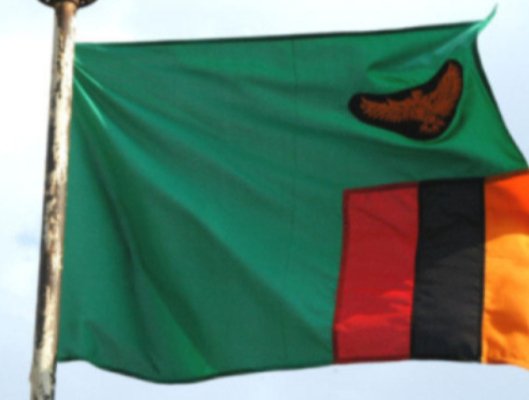Zambia's central bank left is policy rate unchanged at 9.75 percent but reiterated its warning from November that "should the upside risks to inflation materialize and push inflation above the target range, the Committee may adjust the policy rate upward."
The Bank of Zambia (BOZ), which has kept its rate steady since February last year, said it maintained its rate today because it expects inflation to remain within, but in the upper bound, of its 6.0-8.0 percent target range within its forecast horizon that ends by the fourth quarter of 2020.
BOZ's monetary policy committee added it was also keeping its rate steady to support financial sector stability and economic growth.
Zambia's inflation rate was steady at 7.9 percent in January and December, slightly down from a lower-than-expected 8.0 percent in the fourth quarter of 2018, affected by pass-through effects from depreciation of the kwacha, an increase in transport costs following a 21.3 percent increase in fuel prices, and reduced supply of selected food items.
In October 2018 inflation rose to 8.3 percent, above BOZ's upper limit, but then reverted back into the target range faster than expected.
Over the forecast horizon, inflation is expected to remain within the target range but at an elevated level, with upside risks dominating from persistently higher than programmed budget deficits and debt service payments, a deterioration in the current account balance and a decline in international reserves, factors that will affect inflation through the exchange rate and expectations channels.
After falling sharply in September 2018, Zambia's kwacha has been relatively steady in the last 4 months and was trading at 11.96 to the U.S. dollar today, unchanged this year.
But during September, the kwacha depreciated 16.4 percent, mainly due to higher demand from foreign exchange for oil, negative sentiment from Zambia's credit rating downgrade and a strengthening of the dollar triggered by rate hikes by the U.S. Fed.
Preliminary data for 2018 show the fiscal deficit, on a cash basis, is likely to be slightly lower than the 2017 deficit of 7.8 percent of gross domestic product but this is still higher than the 2018 target, BOZ said, adding it is critical to implement fiscal adjustment measures to achieve higher economic growth and maintain macroeconomic stability.
Zambia's gross international reserves declined to US$1.57 billion, the equivalent of 1.8 months of import cover, from $1.63 billion at the end of September, mainly due to external debt service.
Economic activity in the fourth quarter was positive in the fourth quarter, albeit at a reduced pace, BOZ said, with growth from higher mining output, electricity generation, consumer spending and tourism.
For 2019 Zambia's economy is projected to grow about 4.0 percent, down from 4.1 percent in 2017, with downside risks from delayed implementation of fiscal adjustment measures, weak credit growth and lower-than-expected copper prices due to a slowdown in Zambia's major trading partners.
BOZ's last change in rates came in February 2018 when it cut the policy rate by 50 basis points as part of a 12 month easing cycle that led to total rate cuts of 5.75 percentage points. Prior to February 2017 BOZ had kept its rate steady at 15.50 percent from November 2015.






























